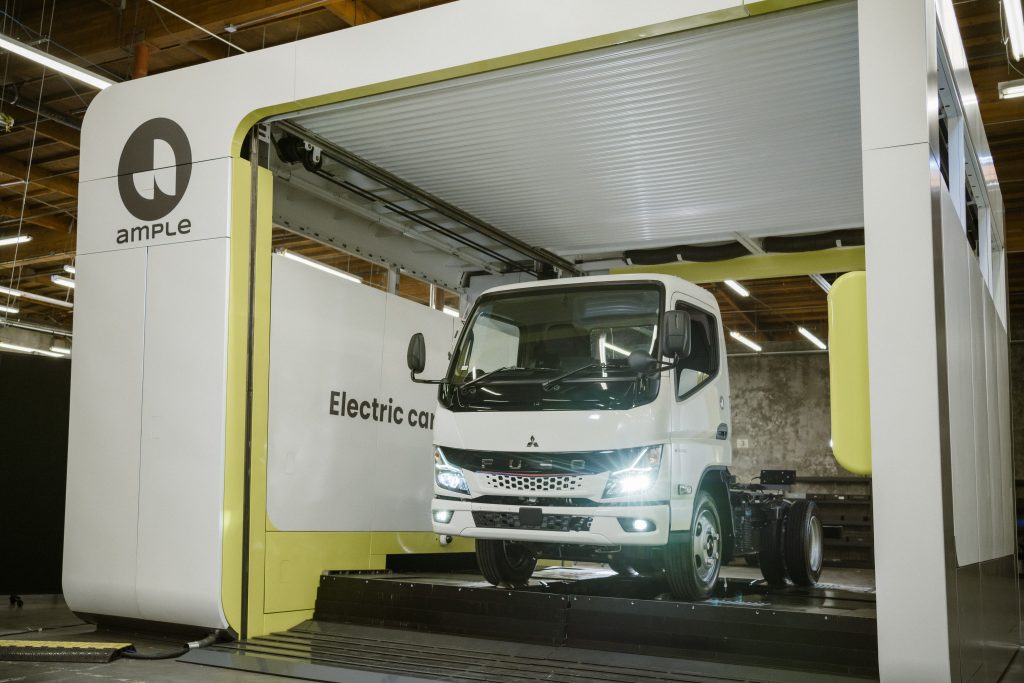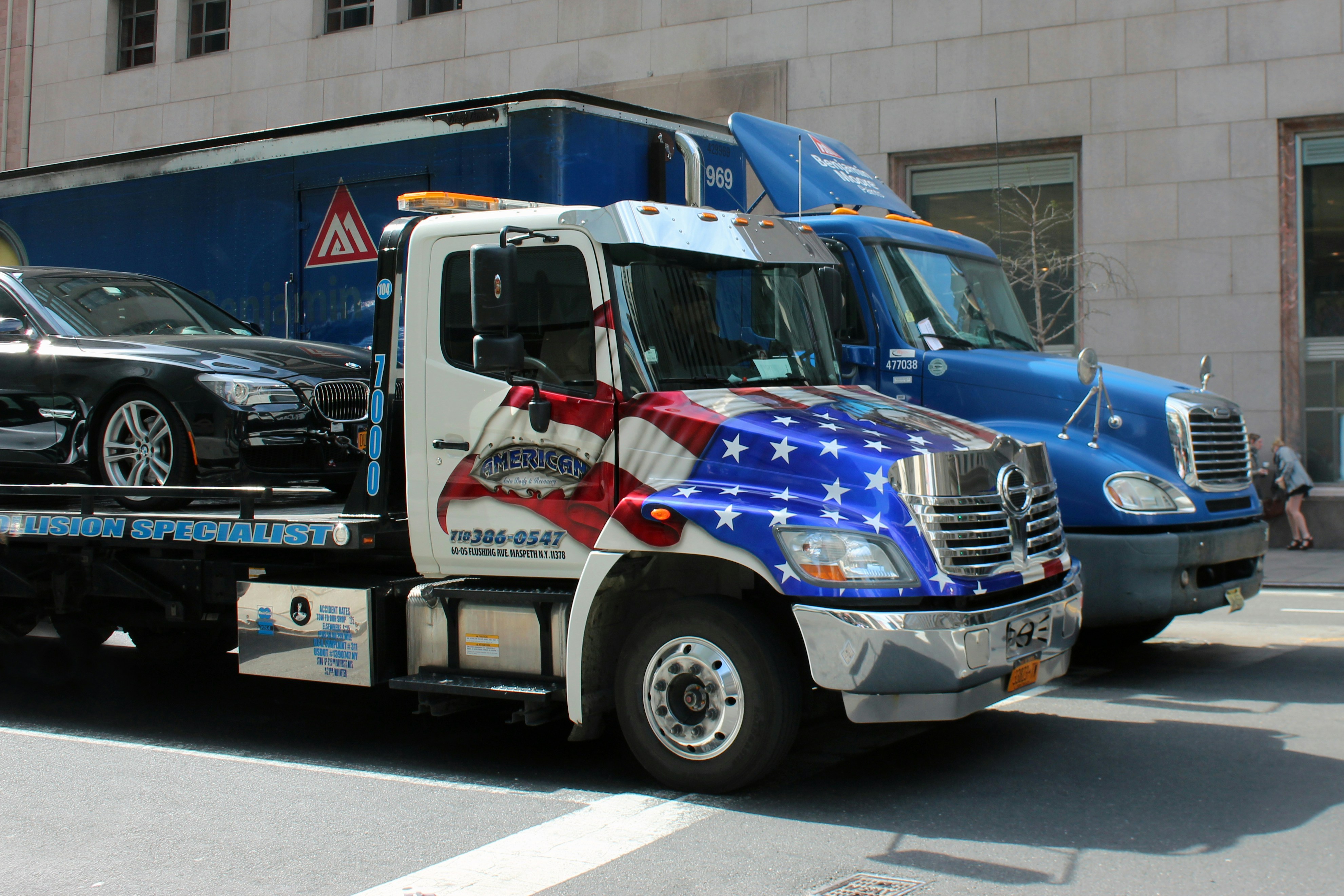Travelling 9,000 miles in a boat is a long way, but many crafts have navigated this distance for hundreds of years. Accomplishing 9,000 miles in an unmanned boat, called the Wave Glider®, makes this feat a world record. According to a press release made on December 6, 2012 by Liquid Robotics, Inc., the Wave Glider® “weathered gale force storms, fended off sharks, spent more than 365 days at sea, skirted around the Great Barrier Reef, and finally battled and surfed the East Australian Current (EAC) to reach its final destination in Hervey Bay near Bundaberg, Queensland, Australia.”
The fact that there is no motor, sail or wind power to propel this craft, makes this journey all the more incredible. The only electrical current on the craft is powered by solar panels and is used for the control system.
How does this craft propel itself with no electrical, fuel or wind power?
The Wave Glider® uses the natural energy from ocean waves for propulsion meaning no fuel and no emissions. The floating craft is connected to a submerged craft that is 21 feet under the surface. Just think of swimming with flippers; when you move your foot up and down you are propelled forward. The Wave Glider® essentially uses articulated wings (like flippers). When the floating craft rises up on a wave the submerged craft is pulled up and the wings flip down. This causes forward motion in the submerged craft, which pulls the floating craft forward. When the floating craft drops down a wave the submerged craft sinks down causing the wings to flip up and creates forward motion.
The speed of the craft varied along the journey, depending on the area/wave action. In general, an average speed through water was 1 knot, but this varies from a low of ¼ knot in glassy calm seas to 1.5 knots in high sea states. The Wave Glider® is equipped with GPS and sophisticated computers for navigation and payload control, with satellite communication systems, and with state of the art ocean sensors to monitor and measure the environment around it. The power needed to operate the sensors and computers is provided by solar panels.
“To say we are excited and proud of Papa Mau (the name of the craft) reaching his final destination is an understatement,” said Bill Vass, CEO of Liquid Robotics, Inc. “We set off on the PacX journey to demonstrate that the Wave Glider® technology could not only survive the high seas and a journey of this length, but more importantly, collect and transmit ocean data in real-time from the most remote portions of the Pacific Ocean. We’ve demonstrated delivery of ocean data services through the most challenging ocean conditions. Mission accomplished.”
About Liquid Robotics, Inc.
“Liquid Robotics is an ocean data services provider and developer of the Wave Glider®, the world’s first wave powered, autonomous marine robot. This persistent and versatile platform for ocean science and exploration breaks the economic and risk barriers to ocean data collection. The Wave Glider® enables game changing scientific discoveries to help us address the biggest challenges our world faces, including global climate change, national security, hurricane and tsunami warning, and offshore energy and resource management. Liquid Robotics, Inc. is backed by VantagePoint Capital Partners. Liquid Robotics and Wave Glider are registered trademarks of Liquid Robotics, Inc., in the United States and other countries.”






